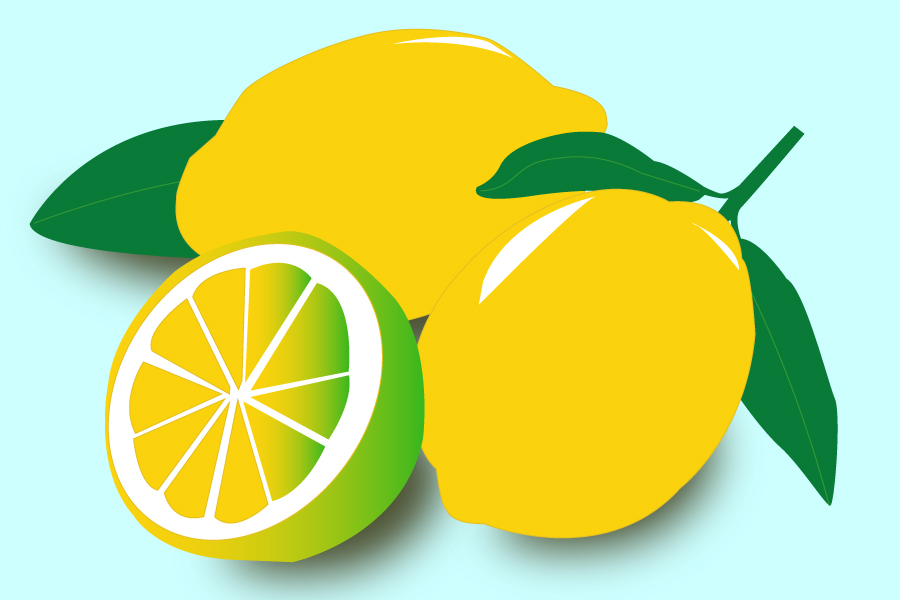
UC Davis researchers make efforts to prevent costly citrus disease from spreading
Grapefruits, oranges and other delicious citrus fruits are tasty to the Asian citrus psyllid, an insect responsible for the mass decimation of citrus plants. Citrus greening, also known as Huanglongbing, is a citrus disease caused by a bacterium spread by this psyllid.
The Asian citrus psyllid spreads the disease by injecting a pathogen into the leaf when feeding. The insect is no larger than a grain of rice, yet it is guilty of killing citrus groves around the world.
Brazil, Texas and Florida have lost millions of citrus trees, resulting in a loss of revenue. The citrus industry as a whole has seen an economic loss of over $3 billion. If the disease were to move to California, its effects would be devastating.
The symptoms of citrus greening are not limited to color changing, as the name may suggest. A citrus fruit inflicted with citrus greening is characterized by a bitter taste.
Its original name, Huanglongbing, is Chinese and is translated to “yellow dragon” because of its identifying attributes.
“[Citrus greening] makes the tree produce shoots where they are longer than they should be and the leaves stick up like rabbit ears and turn bright yellow where it looks a little bit like a dragon with scales,” said Neil McRoberts, a UC Davis associate professor of plant pathology.
While efforts have been made, few have been successful in detecting citrus greening early and thwarting its growth. Methods have generally been inefficient and archaic. Citrus growers typically attempt to scavenge among the millions in an orchard to find the plants affected. They then remove each individually to stop the multiplication of the disease.
However, the disease may lie dormant in a citrus plant for years before symptoms become visual. By the time growers are aware that a plant is contaminated, the disease may have spread among the grove.
“While you’re allowing these trees to be productive and potentially making money from them they are the Typhoid Mary,” said Carolyn Slupsky, a UC Davis professor in nutrition and food science and technology.
Once a plant has been infected with Huanglongbing, there is no cure. Thus, methods to detect the disease early are worthwhile.
Fortunately, UC Davis researchers have endeavored to find new ways to approach the disease.
“We’re looking at what happens to the plant’s metabolism when the plant becomes affected by this bacterium,” Slupsky said. “The technique that we’re developing is not based on the bacteria itself, but how the tree is responding to it.”
Slupsky’s lab takes samples of leaves on a tree, grinds them up and measures the metabolites extracted to detect the pathogen.
Another project the lab is working on is focused on the bacteria-transmitting psyllid itself. Research is examining how the bacteria behaves inside the insect, along with methods to stop the transmission of the bacteria by the psyllid.
Research spearheaded by Johan Leveau, a UC Davis professor of plant pathology, focuses on the microbes within citrus trees to better detect symptoms of Huanglongbing.
“The methods we are using include a non-invasive sampling approach to specifically collect the phyllosphere microbes as well as marker gene targeted, next generation sequencing technology to profile the microbial community,” said Xiaochen Yin, a postdoctoral scholar working under Leveau.
Yin added that because microbes are efficient in responding to environmental changes, the ability to identify microbial changes aids in diagnosing a plant early.
Written By: Natalie Cowan — science@theaggie.org



